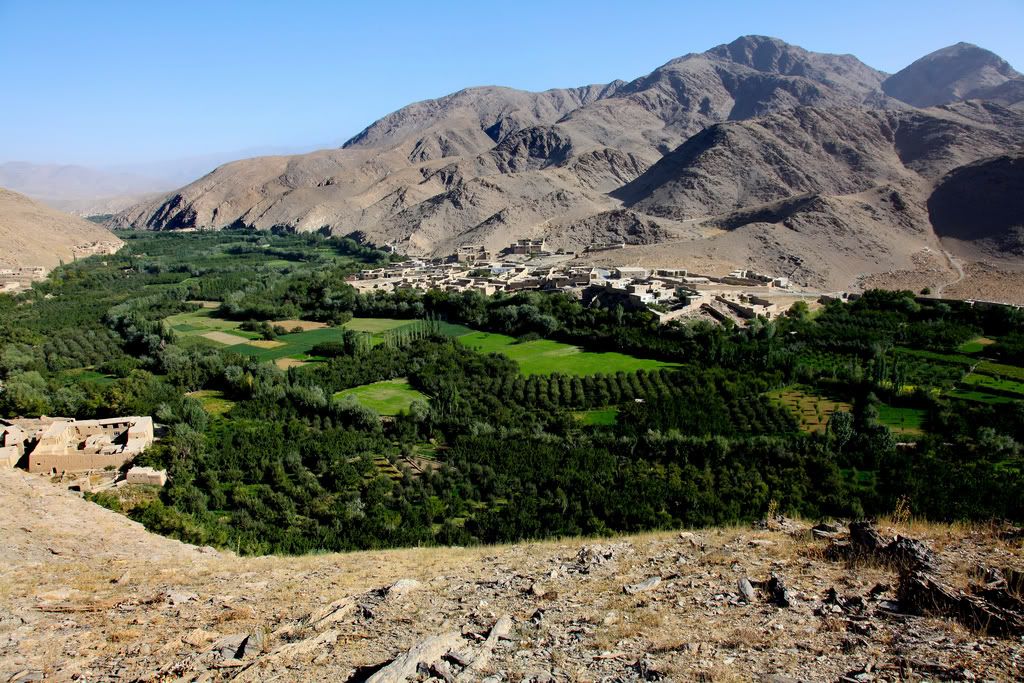Key Facts And Figure About Afghanistan
* Hamid Karzai has led the country since 2001, when
U.S.-backed Afghan forces ended the five-year rule of the
austere Islamist Taliban movement.
* Karzai was first appointed leader of Afghanistan's
interim government at the Bonn conference of December 2001 and
has been re-elected twice since.
* Afghanistan's population is almost 30 million. Life
expectancy for both men and women is about 45 years.
* Some 60 percent of Afghans are Pashtun and 16 percent are
Tajik. Hazaras and Uzbeks each account for 9 percent of
Afghans.
* There are two national languages, Pashto and Dari. Pashto
is the language of the Pashtuns and is spoken exclusively in
many parts of the south and east. Dari (an Afghan dialect of
Farsi) is spoken mainly in the north and centre of Afghanistan.
* Only 28 percent of Afghans are literate.
SECURITY AND VIOLENCE
* Violence has escalated as tens of thousands of additional
foreign, mainly U.S. troops, have been deployed in response to
an escalating Taliban insurgency which has claimed record
numbers of military and civilian lives so far in 2009.
* About 1,502 foreign troops have been killed in
Afghanistan since the war started in November 2001.
* The United States has lost 911 troops, Britain 224 and
other NATO contributors 367, according to the iCasualties
website (www.icasualties.org).
* Improvised explosive devices (IEDs) are by far the
biggest killer of foreign troops. So far in 2009, 394 troops
have been killed by home-made, insurgent-laid bombs.
* August 2009 was the deadliest month of the war for
foreign troops, driven by two major operations to secure parts
of restive Helmand province and then the first round of the
presidential election on Aug. 20, when hundreds of Taliban
attacks took place across the country. October 2009 was the
worst month for U.S. troops, with at least 53 killed.
* About 800 civilians were killed between January and May
this year, a 24 percent increase from the same period in 2009,
according to U.N. figures released in June.
* More than half of those deathes were caused by insurgents
and just over a third by international and Afghan forces, the
United Nations said.
INTERNATIONAL FORCES
* There are approximately 105,000 foreign troops from 42
countries working under the NATO-led International Security
Assistance Force (ISAF), which was established in December
2001.
* The United States has by far the most troops in
Afghanistan with 67,000 in total. About half work under the
ISAF mandate, the remainder under the Pentagon's Operation
Enduring Freedom, which also has a mandate to support ISAF.
* Britain, with 9,000 troops is the second largest ISAF
contributor, followed by Germany with 4,245 and France with
3,070, according to the most recent NATO figures from October.
* U.S. President Barack Obama is considering sending up to
40,000 more U.S. troops to Afghanistan, on the advice of the
commander of foreign forces in Afghanistan, U.S. Army General
Stanley McChrystal.
ECONOMY
* According to the United Nations Human Development
rankings for 2009, Afghanistan is ranked 181st out of 182
countries.
* Expanding poppy cultivation and a growing opium trade generate roughly $3 billion in illicit economic activity and looms as one of Kabul's most serious policy concerns. Other long-term challenges include: budget sustainability, job creation, corruption, government capacity, and rebuilding war torn infrastructure.
* Devasted by 30 years of conflict, Afghanistan's economy
is dependent on foreign aid. Some 90 percent of the Afghan
government budget comes from international donors.
* In 2007, about $288 million of foreign direct investment
flowed into Afghanistan, according to the World Bank.
* Some analysts say Afghanistan's economic growth has also
been stunted by high levels of corruption which prevents donor
aid from reaching ordinary Afghans.
* Afghanistan is ranked 176th out of 180 countries on
Transparency International's corruption perceptions index.
DRUGS
* Afghanistan produces 92 percent of the world's opium, a
thick paste from poppy used to make heroin, according to the
latest U.N. Office on Drugs and Crime report.
* Helmand province in southern Afghanistan produces 90
percent of Afghanistan's opium poppy crop.
* About two thirds of the opium is turned into heroin
before it leaves Afghanistan and goes on to feed some 15
million addicts, mainly in Russia, Iran and Europe.
* Opium cultivation in Afghanistan is directly linked to
the Taliban insurgency. Since 2005, the Taliban have made up to
$160 million a year from taxing cultivation and trade of the
crop in Afghanistan.
Sources: NATO, U.S. Forces, U.N.,Wak Fundation, World Bank, iCasualties.org;
CIA World Factbook, Transparency International

No comments:
Post a Comment